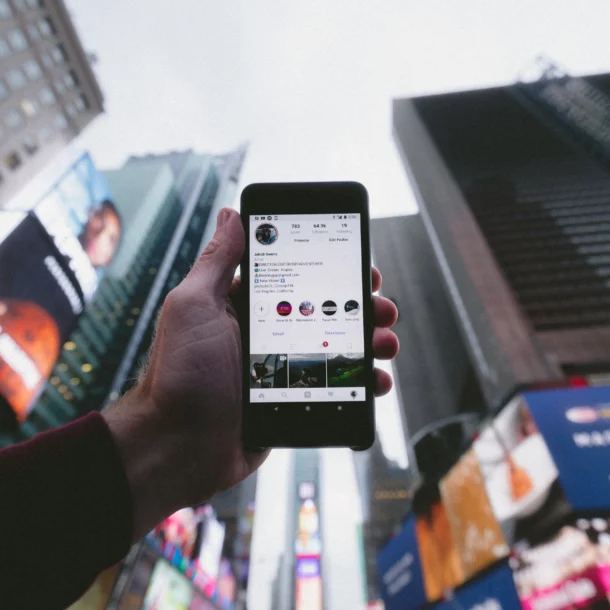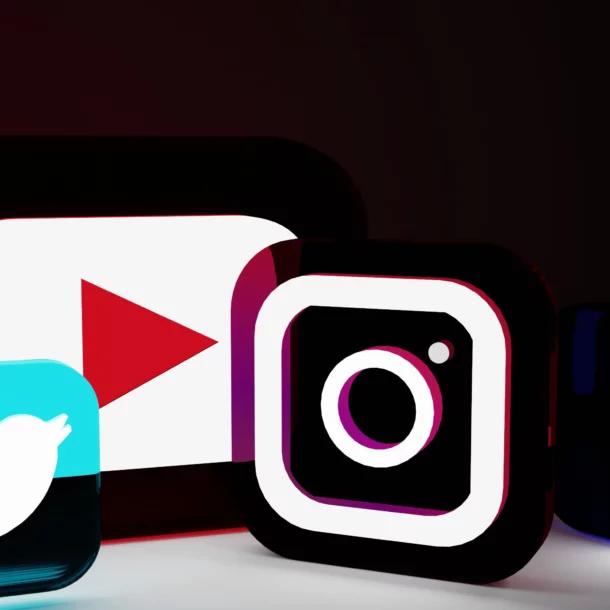
What is the most popular social media platform?
What is the Most Popular Social Media Platform?
Social media has become a core part of our digital lives. The average person spends over 2 hours per day scrolling, posting, liking, and commenting on social platforms. For businesses and influencers, social media marketing has become indispensable for reaching customers.
But the social space can seem overwhelming, with new upstarts threatening to dethrone the reigning giants. future of social media marketing is one the most important factors that matters to business marketing.
So, which platforms should you prioritize? what is the best social media platform? As a digital marketer serving clients in Charlotte, this is a question I get all the time. In this in-depth post, I’ll provide a detailed overview of the major contenders vying for social media supremacy. Let’s see what is the most popular social media?
Facebook - Still the King of Social, But Challengers Are Coming
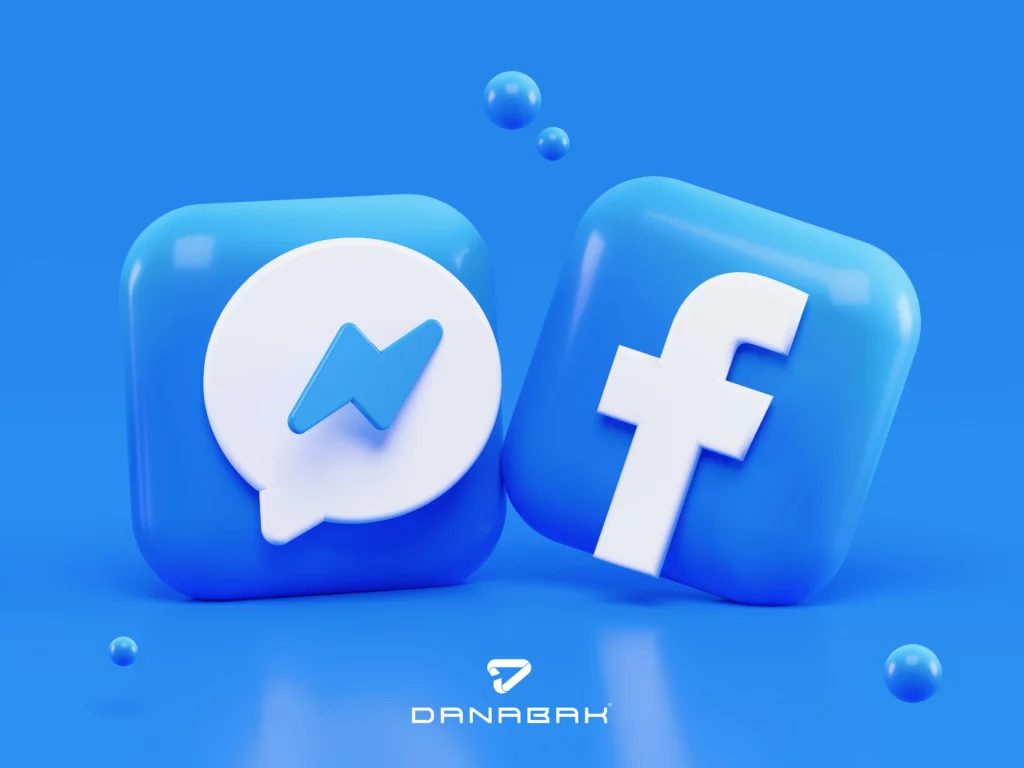
With a staggering 2.96 billion monthly active users worldwide, Facebook remains the undisputed leader in social media platforms. Launched in 2004 as a simple network for college students, Facebook has utterly transformed how we connect online.
Some standout advantages Facebook delivers for marketers:
- Massive reach: Simply put, the sheer size of Facebook’s active user base makes it attractive for businesses, influencers, and anyone trying to maximize their audience.
- Targeted ads: Facebook ads allow advertisers to focus on hyper-targeted demographics based on age, location, interests, and more.
- Engaged users: People tend to be more active on Facebook than on other platforms, frequently commenting, posting content, and joining Groups related to their interests.
- Groups and Events: Facebook’s robust Groups and Events features foster connections and user engagement around niche topics.
However, Facebook’s growth has steadily slowed in key markets like North America and Europe, especially among the coveted youth demographic. And Facebook’s algorithm makes achieving meaningful organic reach a constant struggle for Pages and profiles.
Upstarts like TikTok and BeReal that promise more authentic, less-curated experiences are gaining traction, threatening Facebook’s dominance. But with its mature platform and advertising offerings, Facebook remains a crucial part of any social media marketing strategy.
YouTube - The Video Juggernaut
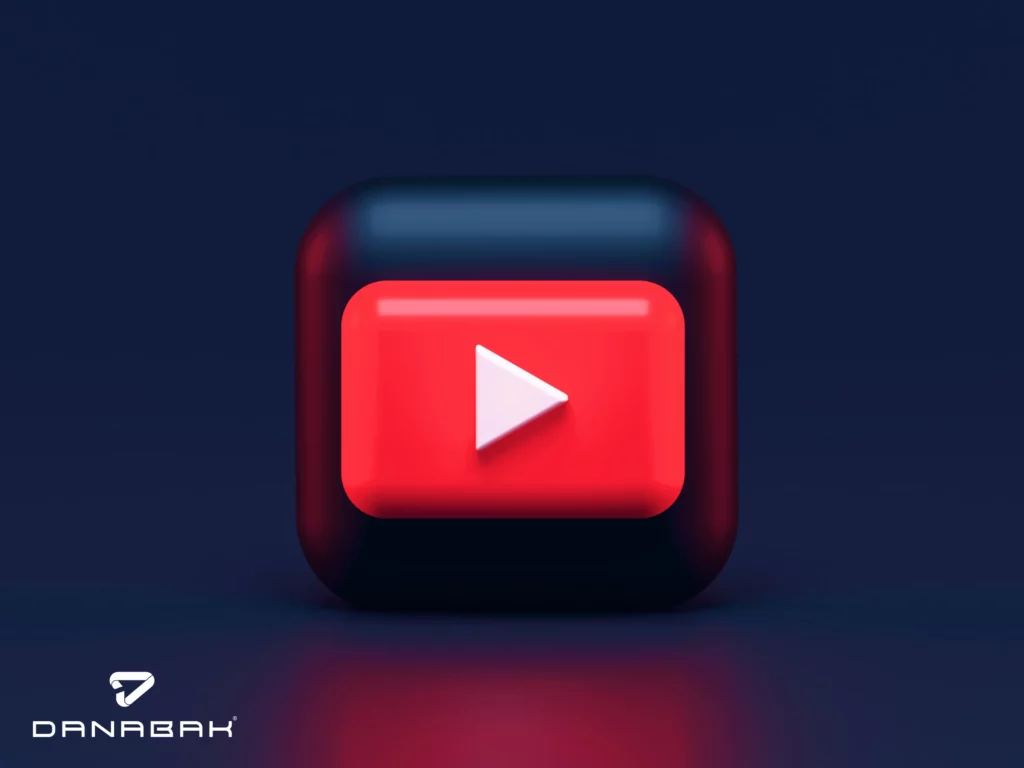
With over 2.1 billion monthly logged-in users, YouTube takes the silver medal among social platforms. As video has exploded as the dominant content format online, YouTube has become the undisputed go-to hub for uploading, sharing, and watching videos.
Some core strengths of YouTube as a marketing platform:
- Video focus: For businesses utilizing video content and advertising, YouTube is hard to beat in reach and engagement.
- Influencer collaborations: Sponsorships with popular YouTubers can help brands reach highly engaged niche audiences.
- Broad appeal: YouTube has strong traction across demographics from teens to the 65+ crowd.
- Ad formats: Pre-roll, mid-roll, and display ads, along with sponsored videos, offer varied monetization options.
- Adaptability: YouTube works well for short-form to long-form video and live streaming.
Shortcomings of YouTube include its competitive nature – racking up views and subscribers requires consistency. Controversies around objectionable content adjacent to ads have also caused PR headaches. But overall, YouTube’s audience size and video capabilities can’t be ignored.
Instagram - The Darling for Visually-Focused Brands
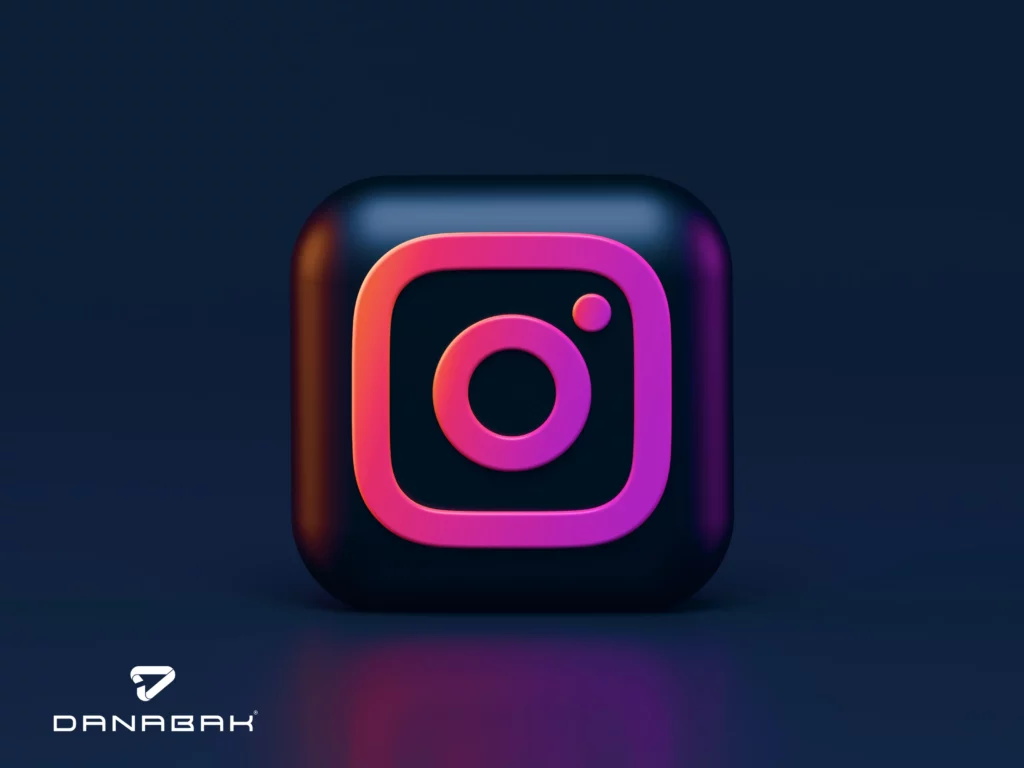
Boasting 1 billion monthly active users, Instagram is the top choice for visually driven brands. Since launching in 2010, Instagram has skyrocketed in popularity thanks to its focus on polished photos and short videos. Younger demographics especially believe the platform.
Standout qualities of Instagram:
- Visual appeal: The platform is ideally suited for eye-catching photos, illustrations, and lifestyle videos.
- Stories: Quick videos and photos shared via Instagram Stories offer an engaging ephemeral content option.
- Influencer collaborations: Partnerships with relevant Instagram influencers can expose brands to new audiences.
- Shopping: Instagram now enables shoppable posts and convenient checkout on-platform.
Potential downsides of Instagram include less utility for text-heavy or long-form content. It also skews heavily young, with limited reach among older demos. As competition for the feed increases, organic reach is declining. Automation and fake engagement also run rampant.
Twitter - The Go-To for Real-Time Conversations
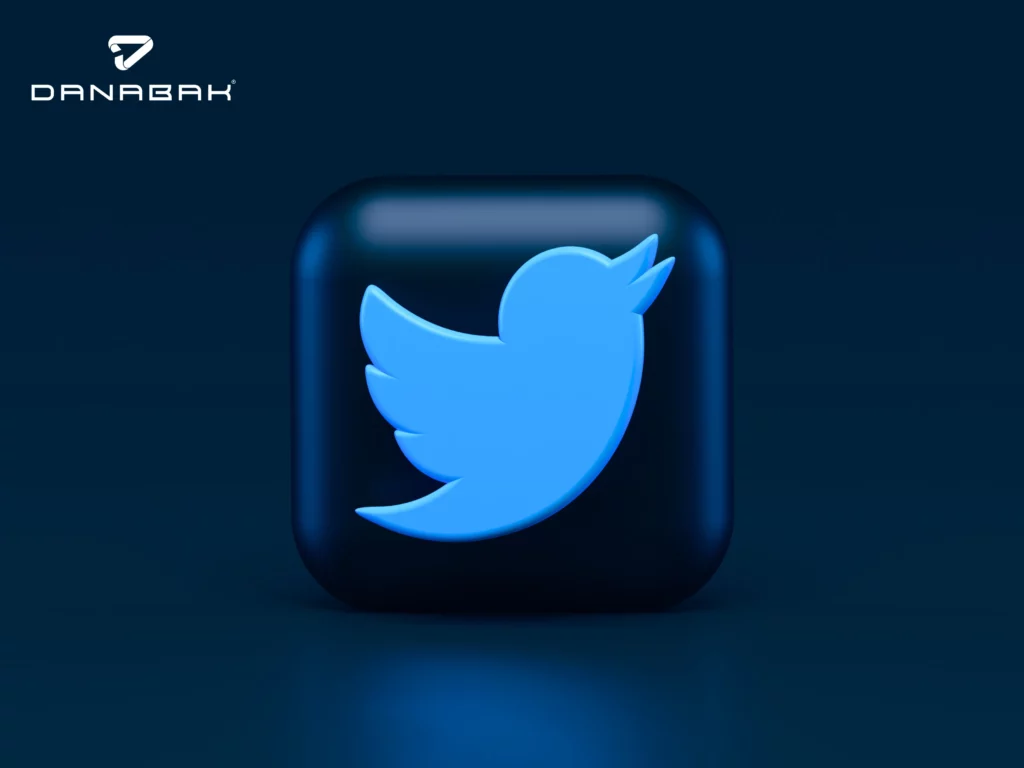
While Twitter has significantly smaller monthly active users than giants like Facebook, its influence endures. With 217 million monetizable daily active users, Twitter remains a crucial network for real-time conversations and engagement.
Some unique values Twitter brings:
- Trending topics: Twitter’s trending algorithm identifies viral topics, helping brands capitalize on relevance.
- Breaking news: Major news unfolds in real-time on Twitter.
- Influencers: Journalists, politicians, celebs, and thought leaders drive discussions.
- Customer service: Twitter has become the default channel for real-time brand service interactions.
- Nimbleness: The faster pace rewards brands able to react and engage adeptly in the moment.
Drawbacks of Twitter include its noisy, chronological nature that makes standing out a challenge. It also skews towards an older, more affluent audience. However, the ability to insert brands into trending conversations makes Twitter a valuable marketing platform nonetheless.
Emerging Platforms Shaking Things Up
While the incumbents maintain their holds, fresh new social apps that capitalize on their shortcomings continue cropping up. For example:
- TikTok’s algorithmic For You feed optimized for short videos is hitting big with Generation Z. Brands able to tap into viral TikTok trends reap the rewards.
- Snapchat – Ephemeral sharing and its AR filters keep Snapchat popular with the youth crowd.
- BeReal – By only allowing photos taken simultaneously on the front and back cams once a day, BeReal generates authenticity. However, limited features and users pose monetization challenges.
Takeaway - Find Your Platform Fit
So far, we covered what are the top social media platforms. While large incumbents like Facebook and YouTube continue dominating overall based on sheer monthly active users, up-and-comers like TikTok cater to the next generation.
For brands and businesses determining where to invest their social media marketing efforts, the key is assessing your audience and goals and selecting strategically relevant platforms. Maintaining an active presence across multiple channels allows you to maximize reach.
The social media landscape will only grow more diverse. But brands able to adapt, providing tailored content and engagement optimized for each community, will continue winning in the long run.
Let me know if you need help determining which social platforms are best suited for your charlotte social media marketing– I’d be happy to chat more in danabak agency








